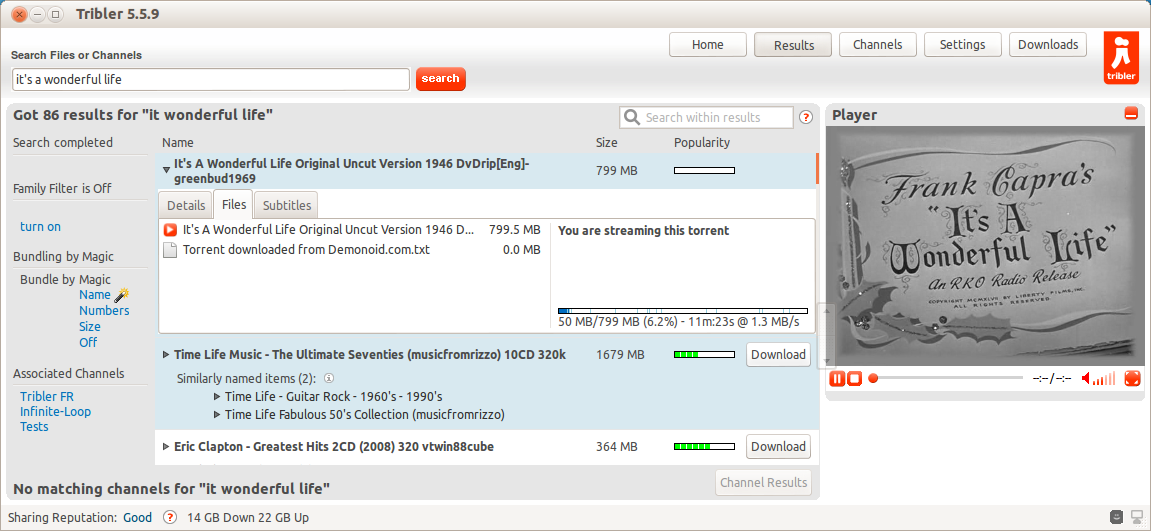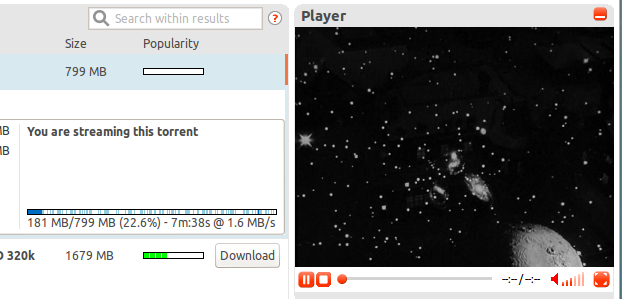HTTP
- Client-server
- Simple to implement
- Served us well for 20 years.
BUT
- Central point of failure
- Allows for DDoS Attacks
- Allows governments to monitor, block and close sites
- Popular sites have to use load sharing
- Peaks of demand can easily crash sites or make them unavailable.
How could we do better?
Use existing technologies.
Peer-to-peer:
- Harder to block
- The more popular particular content becomes, the easier it is to find
- Even if the originating site is offline, the content may still be available
- Peaks of demand are automatically dealt with
- Popular sites don't need wide pipes.
Magnet Links
Saying not where to get it, but what you want
Fall-back to single source for long-tail content.
magnet:?xt=urn:sha1:YNCKHTQCWBTRNJIV4WNAE52SJUQCZO5C ?as=http%3A%2F%2Fexample.com%2Fulysses.html
Bit Torrent
If someone already has the document you are downloading in their cache, they can serve it to you.
If several people have it, they can share the task by sharing different parts.
You get it even faster.
Example: Tribler

Tribler
Note (in blue progress bar) how the file is loading in bits, but priority has been given to the start of the file so you can immediately start streaming.

Long-tail content
Personalised pages are a possible example of long-tail content.
But even these are applicable, since personalised pages can be represented in very many cases as a merge of the main content and the personalisation data (which for instance XForms is particularly good at).
In Summary
Although you still need HTTP for long-tail, and single-use content, replacing HTTP with peer-to-peer+magnet links makes the most of the web:
- Harder to block and censor
- Faster
- Cheaper for web sites
- More available
- Resilient to peaks of demand
- You can phase it in without disruption to the web.
